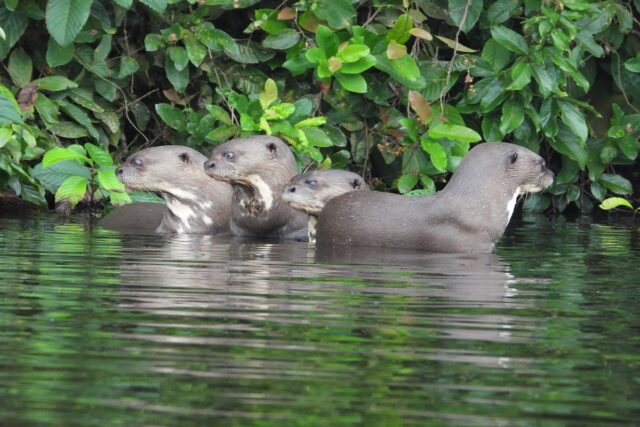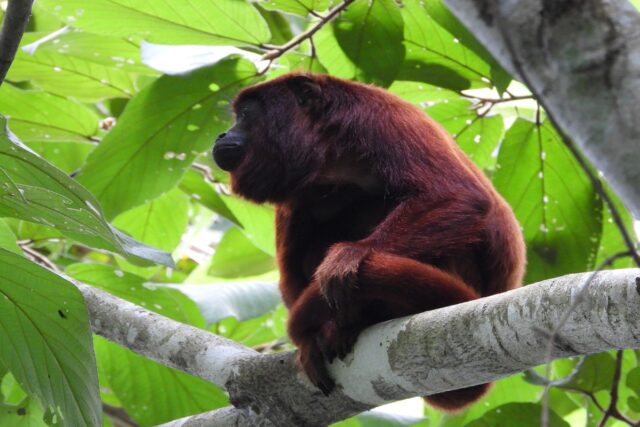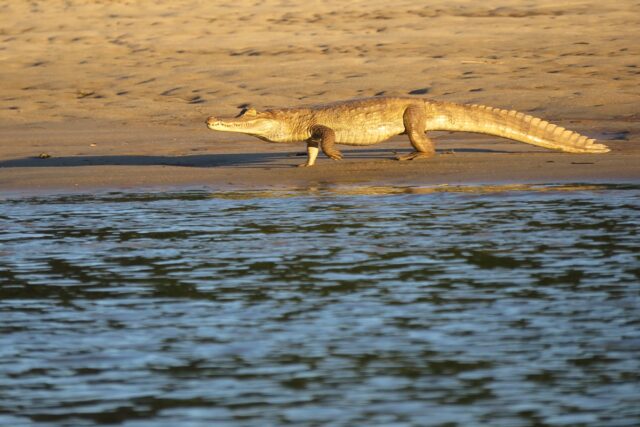Manu National Park: A Biodiversity Hotspot in the Amazon
Manu National Park, a UNESCO World Heritage Site, is a vast expanse of pristine wilderness in southeastern Peru, encompassing a remarkable diversity of ecosystems, from the Andean highlands to the Amazonian lowlands. This biodiversity hotspot is home to an astonishing array of flora and fauna, making it a paradise for nature enthusiasts and researchers alike.
Highlights:
- Diverse Ecosystems: The park encompasses a wide range of habitats, including cloud forests, montane forests, and lowland rainforests, each teeming with unique life forms.
- Abundant Wildlife: Manu is renowned for its incredible biodiversity. It’s home to hundreds of bird species, including the vibrant macaws and the elusive harpy eagle. Mammals like jaguars, monkeys, and tapirs roam freely through the dense forests.
- Cultural Significance: The park is also home to indigenous communities, such as the Matsigenka and the Amarakaeri, who have lived in harmony with the rainforest for generations.
- Research Opportunities: Manu National Park is a vital center for scientific research, attracting scientists from around the world to study its unique ecosystems and species.
- Ecotourism: Visitors can experience the park’s wonders through responsible ecotourism activities, such as guided treks, boat trips, and wildlife observation.
Threats:
- Deforestation: Illegal logging and land conversion for agriculture pose significant threats to the park’s ecosystems.
- Poaching: The demand for wildlife products, such as bushmeat and animal parts, puts pressure on vulnerable species.
- Climate Change: Rising temperatures and altered rainfall patterns could have far-reaching impacts on the park’s delicate ecosystems.
Conservation Efforts:
- Protected Status: The park’s designation as a UNESCO World Heritage Site and a Biosphere Reserve provides a strong legal framework for its protection.
- Community Involvement: Local communities are actively involved in conservation efforts, such as sustainable tourism initiatives and forest monitoring programs.
- Scientific Research: Ongoing research helps to better understand the park’s ecosystems and develop effective conservation strategies.
Manu National Park is a true treasure of the Amazon, offering a glimpse into the incredible biodiversity of the region. By supporting conservation efforts and practicing responsible tourism, we can help ensure that this precious natural heritage remains intact for generations to come.



